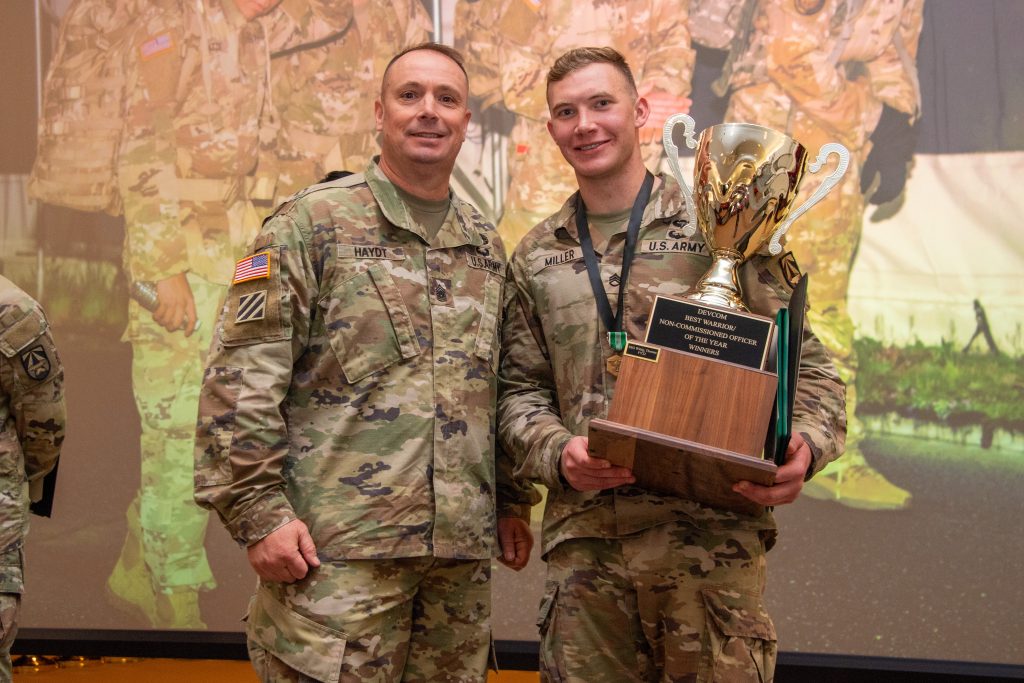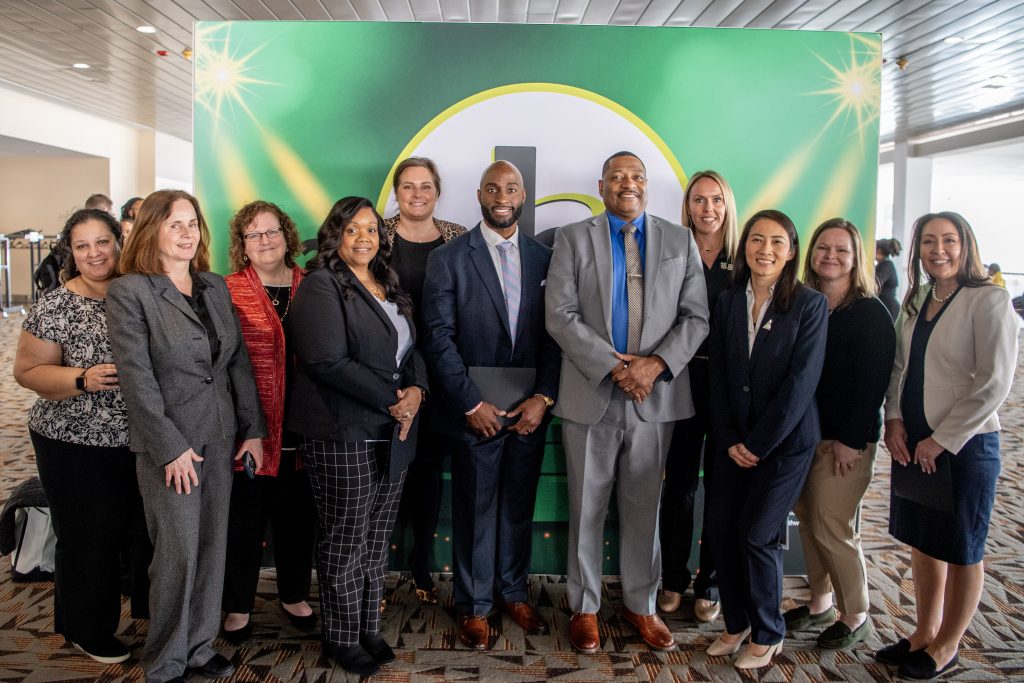Vertical lift research program nurtures the next generation of experts
January 19, 2022
REDSTONE ARSENAL, Ala. – Building the bench. It’s a common term in tech today as subject matter experts retire and the workforce ages. One program at the U.S. Army Combat Capabilities Development Command Aviation & Missile Center is spearheading an effort to do just that – to ensure continued supply of next generation of vertical lift experts for the Army.
The Vertical Lift Research Center of Excellence program combines innovative basic research and graduation education, while collaborating across government, industry and academia to train the next generation of aviation scientists and engineers.
A cross-agency partnership comprising the DEVCOM Aviation & Missile Center, the Office of Naval Research and NASA’s Aeronautics Research Mission Directorate, has selected three multi-university teams as Vertical Lift Research Centers of Excellence for five-year programs. It has been a highly beneficial program for the Center as many former VRLCOE students are now employed with AvMC, working on the next generation of rotorcraft for the Army.
“The VRLCOE program is different than other government grants,” said Dr. Mahendra Bhagwat, Army Senior Research Scientist, Airvehicle Aerodynamics & Preliminary Design. “It is about not just about doing something innovative, it is about training a workforce of vertical lift scientists and engineers.”
The focus in the vertical lift research centers spans several areas, including aeromechanics; structures and materials; flight dynamics and control; advanced vertical takeoff and landing concepts and designs; vibration and noise control; propulsion; affordability; safety and survivability; and human factors engineering.
Graduate students working in those disciplines are not left to their own devices but receive constant feedback from AvMC mentors, not so much to monitor their work, but to ensure that their research aligns with DoD needs.
“I chose AvMC after graduating from the University of Maryland because of the people that I would be working alongside in the Technology Development Directorate,” Dr. Dylan Jude, aerospace engineer and VLRCOE alumni, said. “The engineers and scientists I work with are the very best at what they do; there is no place in industry that can match the balance of research and real-world analysis of diverse Army aircrafts.”
The current program, which restarted its five-year mission at the end of 2021, is led by three universities. The Georgia Institute of Technology-led VLRCOE team includes the University of Michigan, Washington University at St. Louis, Embry-Riddle Aeronautical University, Ohio State University, the University of Texas at Arlington and the University of Illinois at Urbana-Champaign. The Pennsylvania State University-led VLRCOE team is partnering with the University of Tennessee, Knoxville; the University of California, Davis; Auburn University and the Applied Research Laboratory at Penn State. The University of Maryland VLRCOE has teamed up with the United States Naval Academy, the University of Texas at Austin and Texas A&M University.
Not only does the program provide a vertical lift technology focused curriculum, but it also gives students the opportunity to build professional contacts and relationships that will assist them after graduation.
“As a Georgia Tech VLRCOE student, I had many opportunities to interact with AvMC researchers and mentors; I always had the impression that AvMC were the world leaders in rotorcraft research,” said Dr. Mark Lopez, AvMC aerospace engineer. “As I became a VLRCOE graduate, I had the opportunity to work for AvMC and I could not think of any place better to pursue knowledge while simultaneously supporting our country. As an AvMC researcher, I’ve come to learn that AvMC truly is at the cutting edge of technology and it gives me great joy in continuing to work on research, support the Warfighter and also mentor and guide new VLRCOE students as they become members of the vertical lift community.”
The interactive program is a two-way street for students to also gain a firsthand understanding of the cutting-edge technology the Army is producing as part of its mission to modernize its fleet. Bhagwat said that VLRCOE is an opportunity unmatched in academia.
“We work with them on the research. But at the same time, they learn about what we do and they say, ‘Oh, this is exciting.’”
—
The DEVCOM Aviation & Missile Center, headquartered at Redstone Arsenal, Alabama, is the Army’s research and development focal point for advanced technology in aviation and missile systems. It is part of the U.S. Army Combat Capabilities Development Command (DEVCOM), a major subordinate command of the U.S. Army Futures Command. AvMC is responsible for delivering collaborative and innovative aviation and missile capabilities for responsive and cost-effective research, development and life cycle engineering solutions, as required by the Army’s strategic priorities and support to its Cross-Functional Teams.


